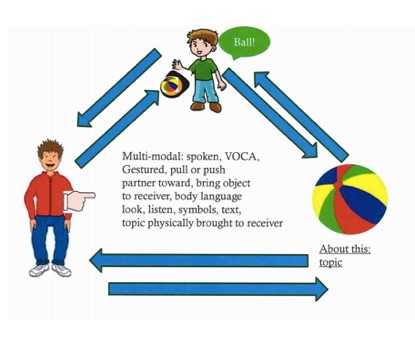I love the idea of sharing a paper-based copy of the Communication Matrix Profile with school teams and caregivers in IEP meetings. Where is a blank version of the profile available on this website? I can't seem to locate any blank templates separate from individual assessments.
Thank you
janine.lebeter@cmsd.bc.ca - 3/16/2020


